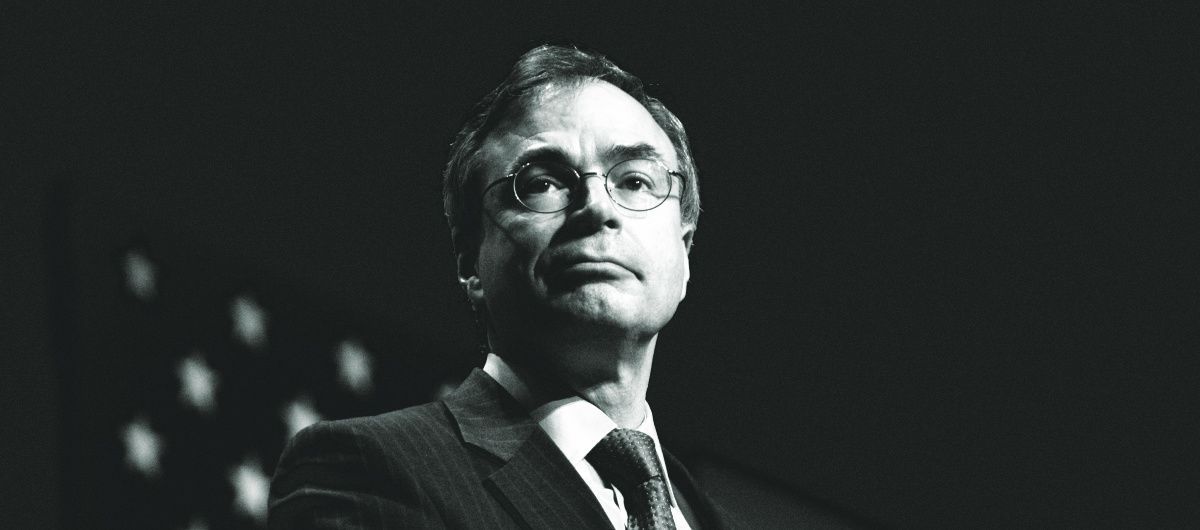Reducing the EPA’s Authority Over Wetlands

A recent Supreme Court decision — largely unnoticed — was the most important water-related in a generation, with enormous implications for the health of the nation’s waterways, including the Chesapeake Bay. The case is Sackett v EPA, in which a closely-split Court significantly reduced the Environmental Protection Agency’s authority over wetlands under the Clean Water Act. This case was the first to be argued when the 2022 term began last October, and the Court’s decision was released on May 25, 2023.
The facts behind the Sackett case are relatively simple. In 2004, Michael and Chantell Sackett purchased property near Priest Lake in northern Idaho. Preparing to build a home, they began backfilling their property with dirt and rocks. The EPA informed the Sacketts that their backfilling violated the CWA because their property contained protected wetlands and demanded that the Sacketts immediately undertake restoration actions.
The Sacketts sued in 2008, and the case wound its way through federal courts for the next 14 years. The EPA’s authority to act was ultimately upheld by the lower federal courts on the grounds that even though there was some dry land between the two, there was a “significant nexus” between the Sackett property wetland and Priest Lake. The “significant nexus” test goes back to a 2006 Supreme Court opinion by Justice Anthony Kennedy recognizing that the connection between wetlands and other bodies of water didn’t necessarily have to be visible.
The CWA is the principal federal law regulating water pollution in the United States. It prohibits the discharge of pollutants into “navigable waters,” which it defines as “the waters of the United States” such as a river or lake. All the present justices on the Court agreed that the statutory term “waters of the United States” includes some wetlands, namely those wetlands “adjacent” to waters of the United States. The question instead became the meaning of “adjacent” under the CWA.
Writing for the Court’s majority, Justice Samuel Alito concluded that “adjacent” wetlands for purpose of CWA regulation are only those which are as a practical matter “indistinguishable” from waters of the United States. In his opinion, only wetlands which have a “continuous surface connection” to bodies that are “waters of the United States” meet this test. Otherwise, property owners are left to feel their way on a “case-by-case basis.”
Justices Sonia Sotomayor, Elena Kagan, Brett Kavanaugh, and Ketanji Brown Jackson in two separate opinions sharply dissented from the majority’s “continuous surface connection” test as inconsistent with the commonly understood meaning of “adjacent.” “Adjacent” means lying near or close to, or not widely separated, but is notably explicit that the two things need not touch each other. Because Congress amended the Clean Water Act in 1977 to expressly cover “wetlands adjacent” to waters of the United States, across all eight presidential administrations, regulators have always included in the definition of “adjacent wetlands” not only wetlands adjoining covered waters but also those wetlands separated from covered waters by a manmade dike or barrier, natural river berm, beach dune, or the like.
In a separate opinion, Justice Kagan asserted that the majority’s new test significantly narrows the scope of the statute Congress drafted. Vital to the Clean Water Act’s fundamental purpose is the protection of wetlands, both those contiguous to covered waters and others nearby. Wetlands filter and purify water draining into adjacent bodies of water and slow the flow of surface runoff into lakes, rivers, and streams. In Justice Kagan’s words, the majority’s “pop-up” test is explicable only as a “reflexive response” to Congress’s enactment of an ambitious scheme of environmental regulation. It is an effort to substitute the majority’s preferred policy for the anti-pollution actions Congress thought appropriate.
Environmental experts contend that this opinion will deprive the EPA of jurisdiction over approximately one half of the nation’s wetlands, a particular setback for those especially interested in the restoration of water quality and flood control around the Chesapeake Bay and its tributaries. Compounding this unfortunate result, the case need not have been accepted for review by the Supreme Court. The EPA had earlier withdrawn its complaint against the Sackett property, there was no conflict in the relevant application of the CWA among lower federal courts, and the Biden administration was in the process of revising the EPA’s wetland guidelines.
John Christie was for many years a senior partner in a large Washington, D.C. law firm. He specialized in anti-trust litigation and developed a keen interest in the U.S. Supreme Court about which he lectures and writes.
Common Sense for the Eastern Shore







